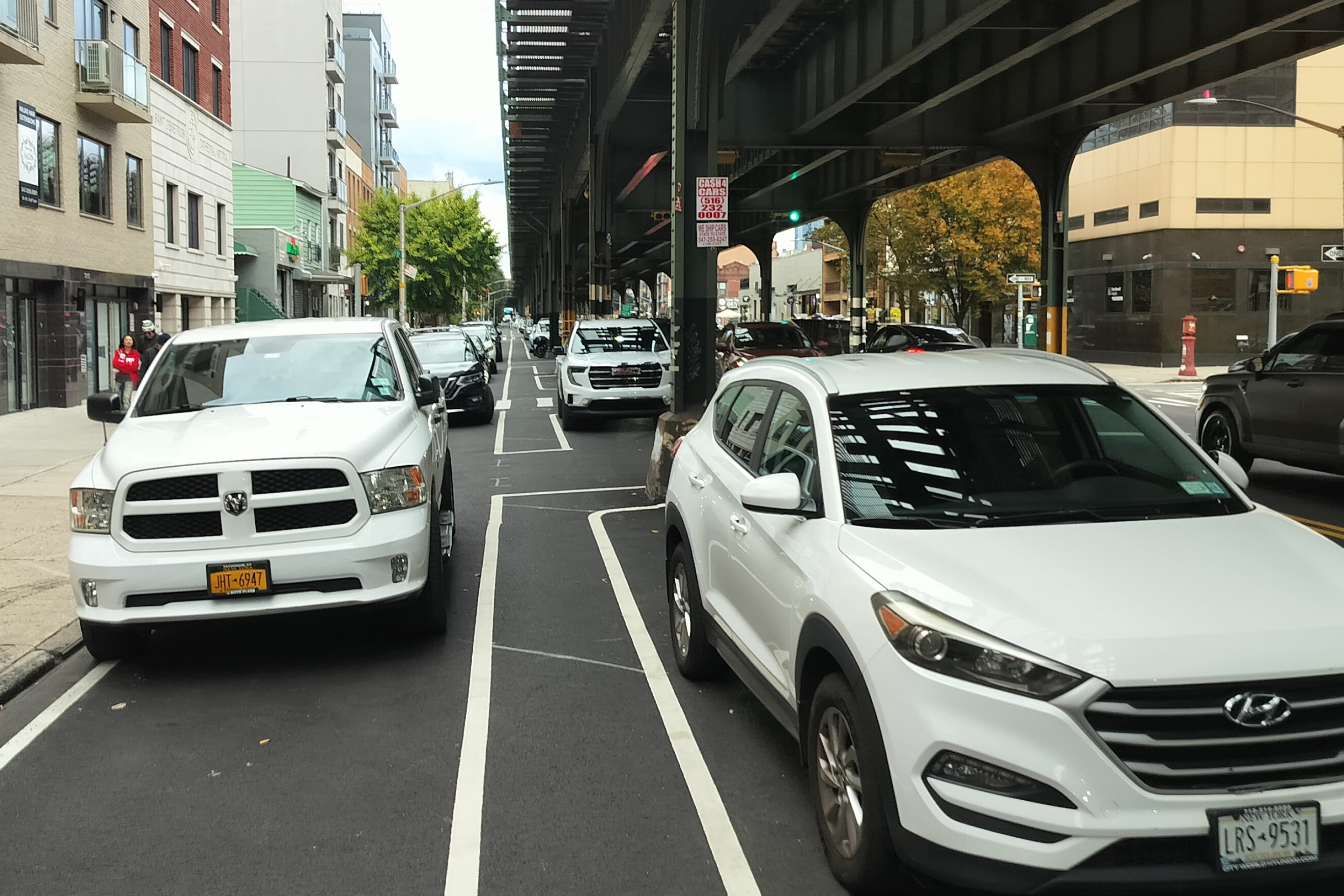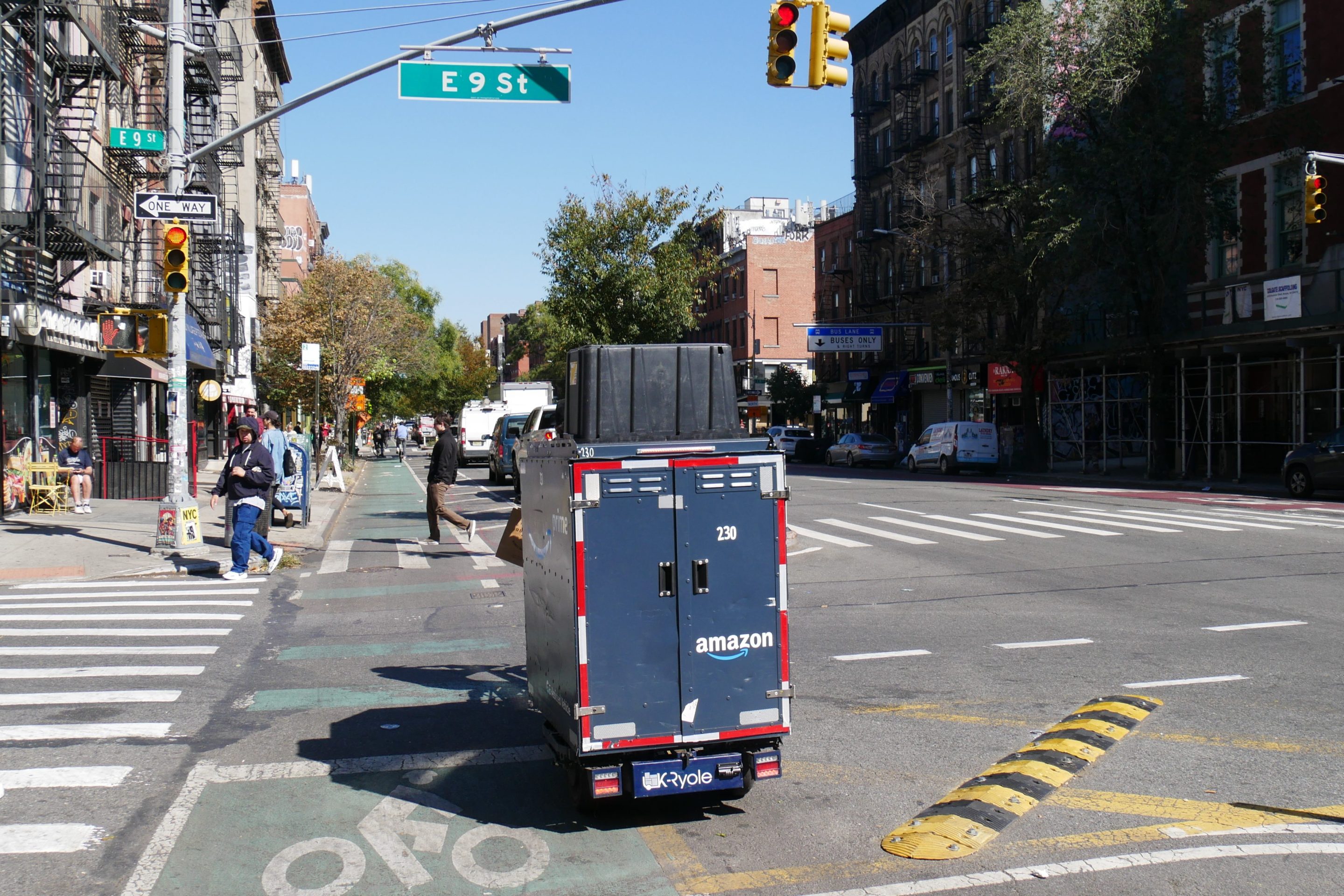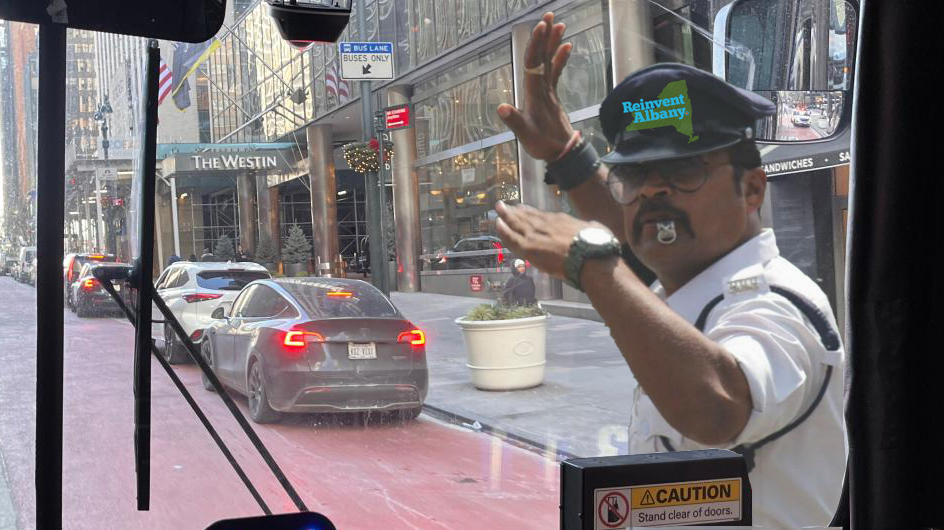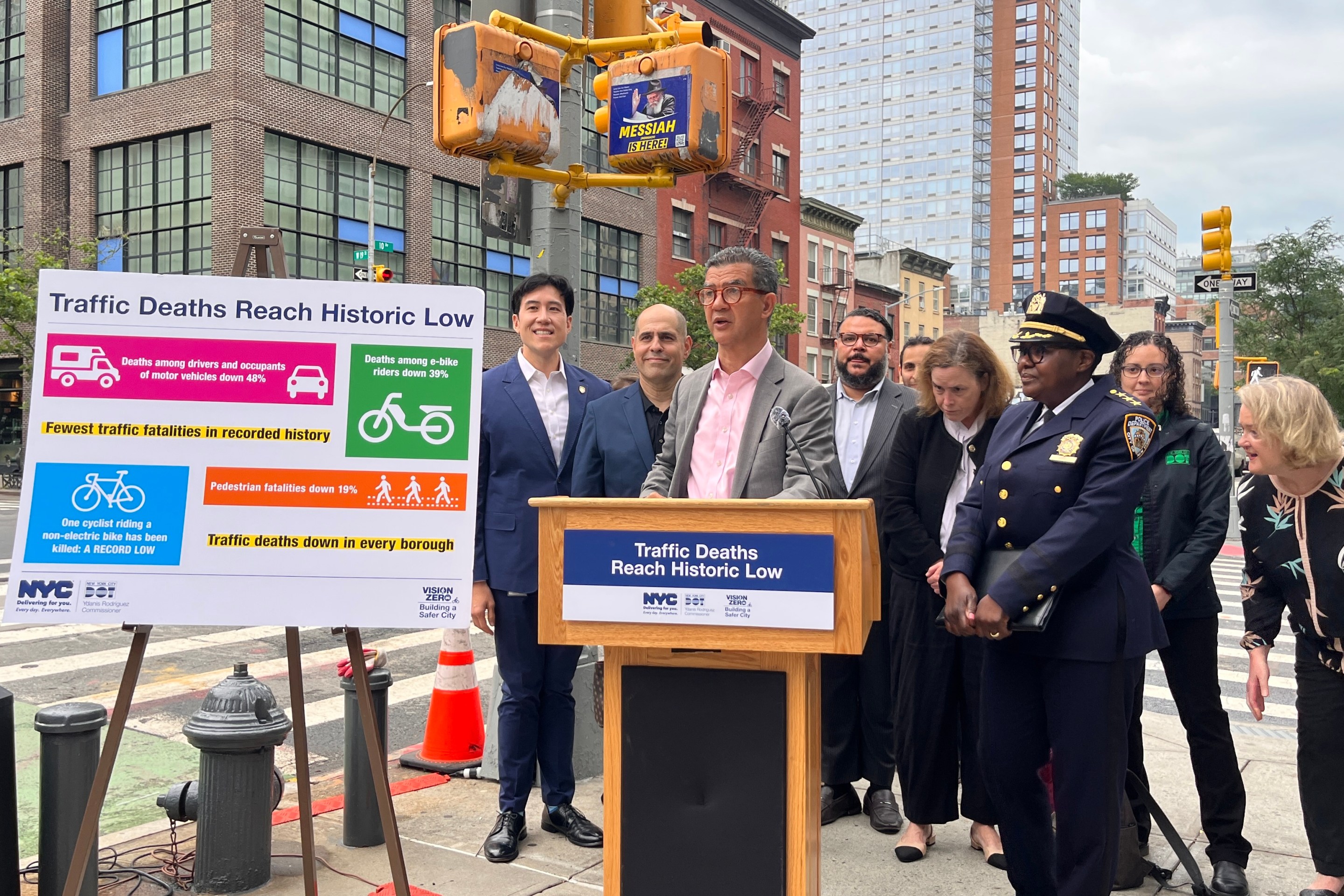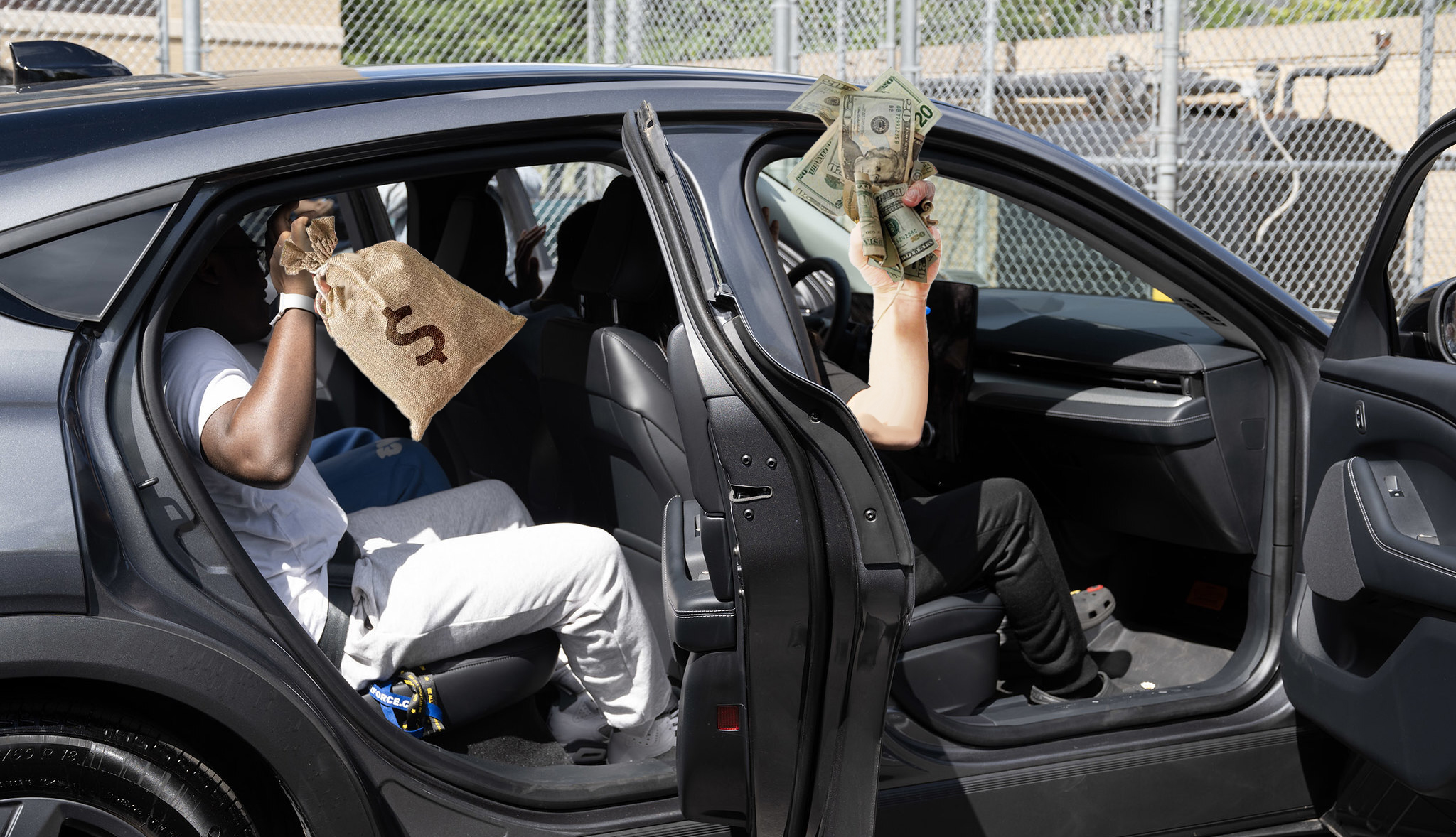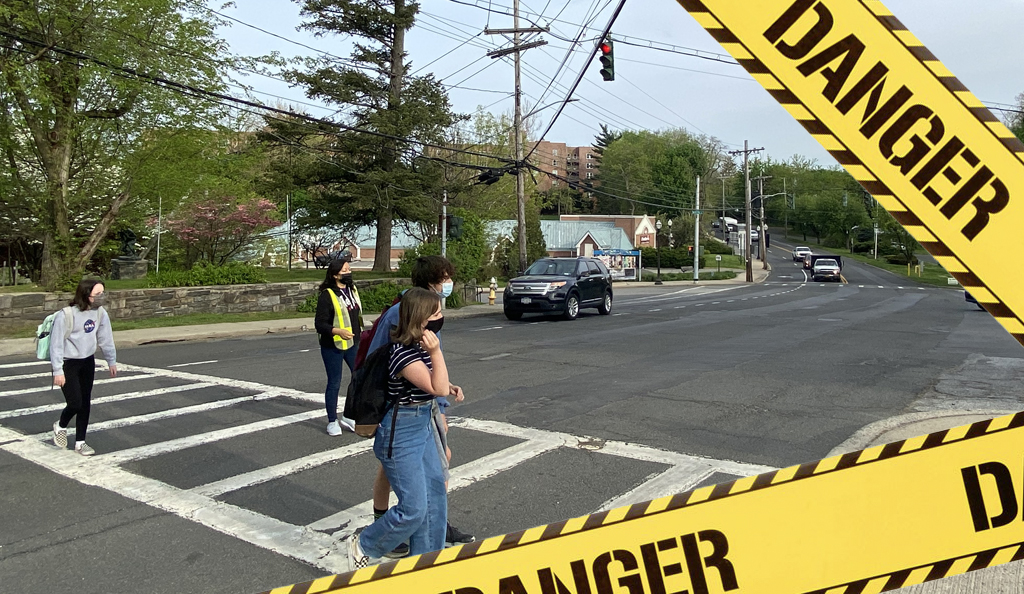This is the third installment in Streetsblog’s series on transportation demand management at American colleges and universities. Part one gave an overview of TDM techniques that schools employ, and part two profiled Stanford's TDM programs.
The Massachusetts Institute of Technology has a long track record of trying to minimize traffic. The Institute has run a formal transportation demand management (TDM) program for more than 10 years. But even as far back as the 1950s, MIT was encouraging employees to carpool, says Larry Brutti, operations manager with MIT's facilities department.
There are solid financial reasons for that. At MIT, land is so valuable, adding a single parking space costs the university about $100,000, said Brutti. Over the last five years, as the university has expanded its facilities, MIT has actually cut the total number of parking spaces it owns from 5,000 to 4,200. And it looks like those spaces aren't coming back.
"We’re trying to not replace it," Brutti said. "The Institute doesn’t mind putting some money into TDM if they can defer parking."
MIT isn't just trying to conserve funds or act as a good environmental steward. The city of Cambridge requires its major institutions to develop TDM programs to limit traffic on city streets. Since 1999, Cambridge has maintained a nationally recognized transportation demand management policy. If non-residential property owners want to add parking, the law requires them to develop a plan around promoting transportation modes other than driving. The parking lot owner must monitor its users' single-occupancy commuting rates and bike and car parking space occupancy rates and report that annually to the city.
MIT's strategy, Brutti said, basically comes down to holding out carrots for good behavior, almost exclusively to faculty and staff. "We subsidize most any other way to get to work," Brutti said.
In total, only about 20 percent of all the people who enter MIT's campus every day do so alone in a car.

